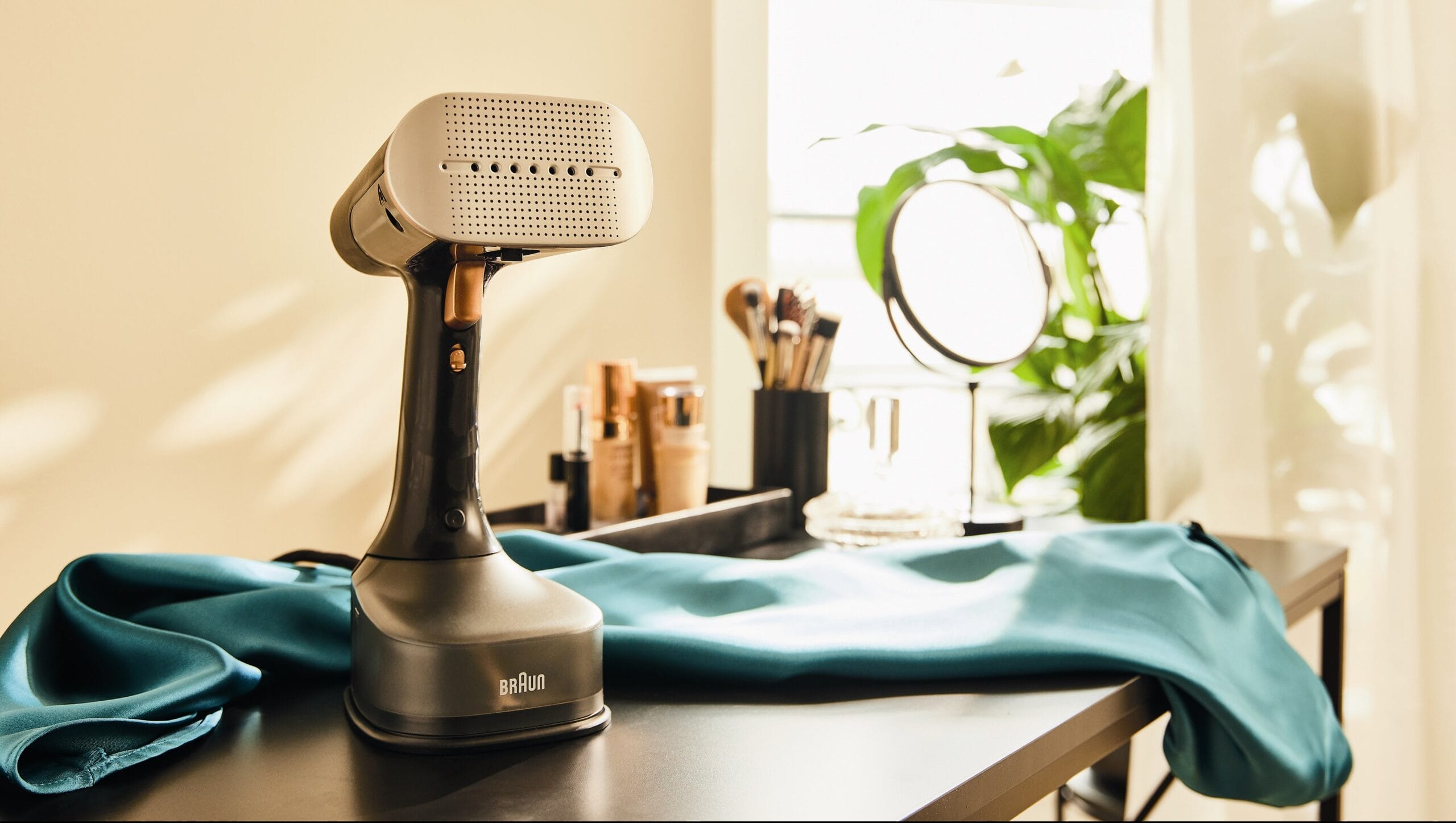A New Generation of Plug-in Hybrids: Understanding the Latest Technology
Updated: July 14, 2025, 10:43 AM
Published: July 14, 2025, 09:26 AM
Fully electric vehicles have rightly garnered significant attention in recent years. Alongside them, plug-in hybrids have also evolved, with rapid advancements in their technology. A prime example: electric ranges of up to 98 kilometers on a single charge and an architecture that maintains consistent cargo space regardless of the chosen powertrain.
The automotive world has focused heavily on all-electric cars during an exciting period often described as a revolution in the industry. Electric models have gained prominence in the market, with rapid improvements in range, performance, and fast charging. This has made these vehicles accessible to many seeking to transition to an electric lifestyle.
Parallel Development of Plug-in Hybrids
Despite the rise of EVs, not everyone can fully commit to electric. While the charging infrastructure is well-developed in Sweden, gaps remain in certain areas. For those desiring the ability to drive long distances without stopping, a plug-in hybrid can be a viable alternative. The development of plug-in hybrids has progressed significantly alongside the advancements in electric cars.
“A key focus is on improved range and charging in modern plug-in hybrids. Previously, driving more than 3-5 miles on a single charge was rare, but now numerous models can achieve nearly 100 kilometers. Plug-in hybrids are now often equipped with stronger electric motors and faster charging capabilities, allowing you to use the car as a pure electric vehicle for your daily needs,” explains Magnus Lord Arenander, Product Manager at BMW Sweden.
98 Kilometers on a Single Charge
A clear illustration of this progress is the BMW 530e Touring. This premium wagon, boasting a system output of 299 hp, combines a modern turbocharged gasoline engine with a 184 hp electric motor. Thanks to a battery with a net capacity of 19.4 kWh, it offers an electric range of up to 98 kilometers, depending on the version and equipment.
For those seeking even greater performance, the 550e xDrive Touring combines a 313 hp inline 6-cylinder engine with a 197 hp electric motor. With a system output of 489 hp and 700 Nm, it accelerates from 0-100 km/h in a swift 4.4 seconds while maintaining an electric range of up to 91 km.
“These improvements have led to a resurgence in the popularity of plug-in hybrids in the past year. Many now have a home charging station (perhaps combined with solar panels), can charge at work, or at a public charging station, meaning the plug-in hybrid can now be easily used as intended,” says Magnus Lord Arenander.
Improved Space – More Driving Pleasure
A limitation of some plug-in hybrids and electric cars is accommodating the battery without compromising cargo space or fuel tank size. BMW has prioritized offering its customers the same capabilities, regardless of whether they prefer electric, plug-in hybrid, or combustion engine vehicles.
The solution is a well-designed architecture where the batteries are integrated into the floor, allowing for a cargo volume of 570 liters with the rear seats up in all versions of the 5-Series Touring. This also creates space for a full-size 60-liter fuel tank in the BMW 530e Touring, giving the plug-in hybrid a superior range.
“The central battery placement also offers other benefits that are noticeable when driving. The centered weight contributes to a well-balanced car with good handling characteristics that is fun to drive. While good range is an important parameter, BMW never wants to compromise on driving pleasure,” says Magnus Lord Arenander.
BMW 530e xDrive Touring: Fuel consumption l/100 km combined (WLTP): 0.8-1. CO2 emissions g/km: 18-22. electric range (EAER): 87-98km.
BMW 530e Touring: Fuel consumption l/100 km combined (WLTP): 0.7-0.9. CO2 emissions g/km: 16-21. electric range (EAER): 83-92km
Facts
- BMW has carefully selected the most popular options and packaged them into advantageous Edition models in 3 different levels. This results in low benefit values for company car drivers.
- Standard equipment includes: BMW live cockpit plus with BMW curved display, BMW operating system 8.5 with navigation, Harman Kardon surround sound system, sports seats for driver and front passenger, electric lumbar support for driver and front passenger, automatic climate control with 2-zone control and wireless charging compartment.
- Active edition, which is the base level, includes an electric towbar, and cars ordered from May 5th onwards include Driving Assistant Plus, which includes adaptive cruise control.
- You can choose M Sport Active Edition (where Driving Assistant Plus is now also included), M Sport Business Edition – read more about what is included in the different Edition packages and find which one suits your needs.
This article was produced by Brand Studio in collaboration with BMW.
Enjoyed this post by Thibault Helle? Subscribe for more insights and updates straight from the source.


